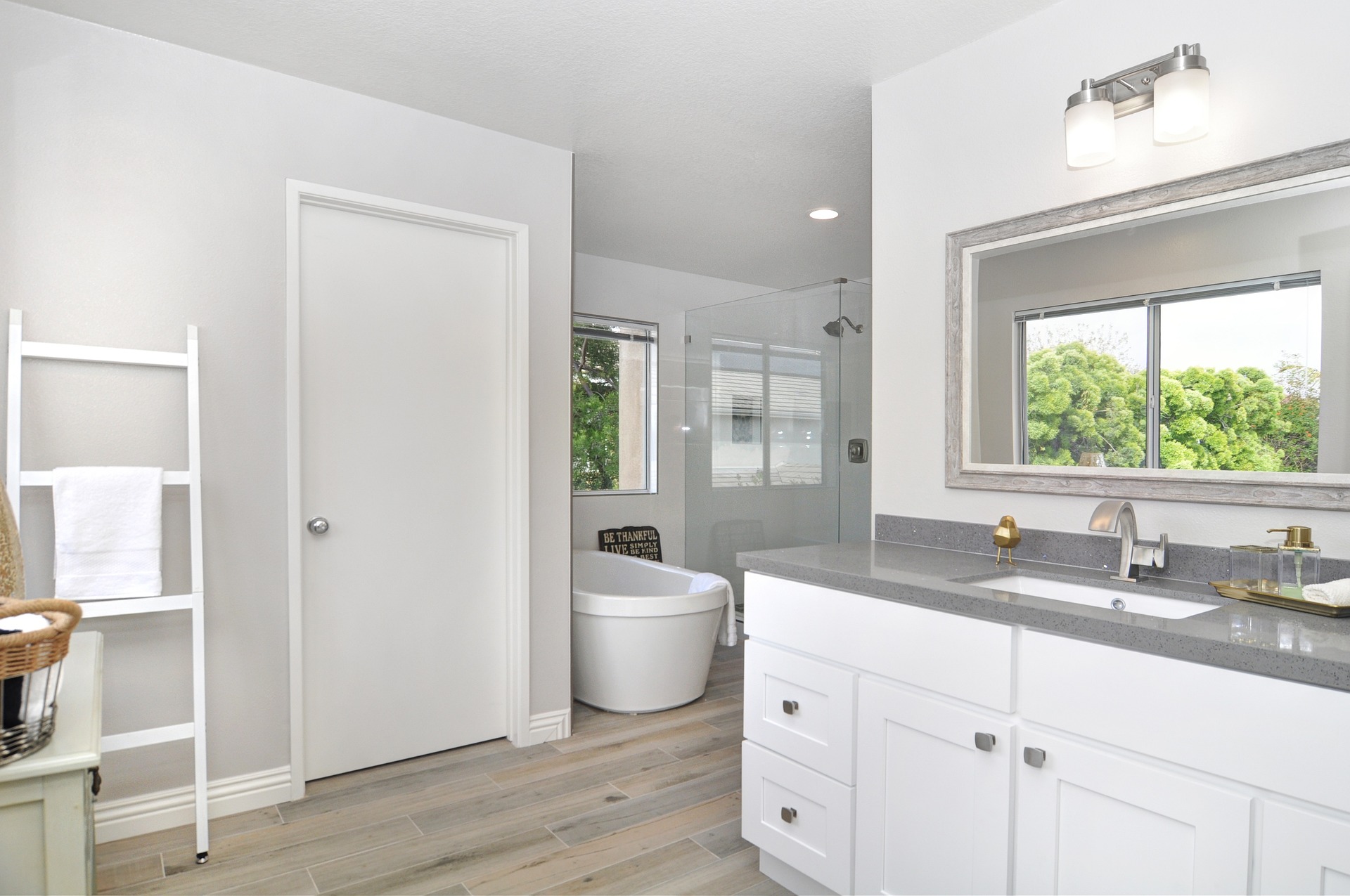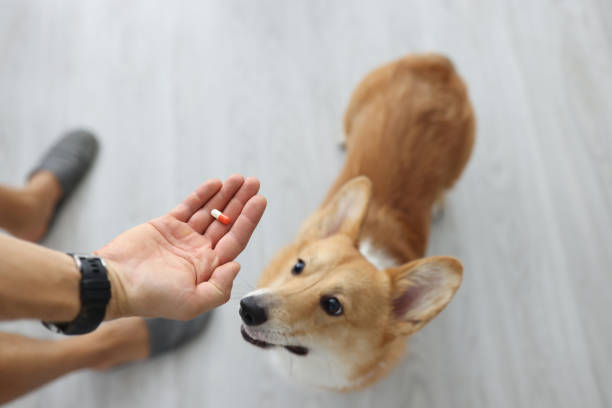The Rise of Pet-Friendly Workspaces
Imagine a world where bringing your beloved pet to work is not only accepted but encouraged. This trend is gaining momentum, changing the landscape of traditional office environments. Pet-friendly workspaces are becoming a sought-after perk for employees, offering benefits such as reduced stress and increased job satisfaction. But what led to this change, and how is it shaping our professional lives today?

Historical Context of Pets in the Workplace
The concept of pets in the workplace is not entirely new. Historically, animals have often been part of work environments, from farm animals assisting in agriculture to canines accompanying hunters. However, the formal integration of pets into office spaces began to gain traction in the late 20th century. Companies started recognizing the potential mental health benefits pets could offer to employees, leading to the gradual acceptance of pet-friendly policies. Tech giants and innovative startups were among the first to adopt these policies, seeing them as a way to attract young, dynamic talent.
Current Trends and Developments
Today, pet-friendly workspaces are more prevalent than ever. The COVID-19 pandemic played a significant role in accelerating this trend, as remote work blurred the lines between home and office. As employees returned to physical workplaces, many advocated for the continuation of pet-friendly policies that had become common during lockdowns. Companies like Google and Amazon have embraced these changes, offering amenities such as pet play areas and on-site pet care services. The trend is not limited to dogs; cats, rabbits, and even birds are finding their way into the office environment. The estimated cost for companies implementing pet-friendly policies ranges from minimal expenses for basic accommodations to significant investments for comprehensive pet-friendly amenities.
Market Impact and Economic Benefits
The rise of pet-friendly workspaces is also impacting the market for pet products and services. Businesses offering pet accessories, toys, and food have seen an uptick in demand as more pets accompany their owners to work. Additionally, the need for pet insurance and wellness programs has increased, prompting growth in these sectors. From an economic perspective, companies that adopt pet-friendly policies often report lower employee turnover rates and higher levels of productivity. Employees who can bring their pets to work tend to be more engaged and satisfied, leading to a more harmonious and efficient workplace.
Challenges and Considerations
While the benefits of pet-friendly workspaces are numerous, there are challenges to consider. Not all employees may be comfortable with animals, and allergies can pose a significant issue. Companies must navigate these challenges carefully, ensuring that policies are inclusive and considerate of all employees. Clear guidelines on pet behavior, hygiene, and employee responsibilities are crucial to maintaining a balanced work environment. Additionally, businesses must consider the safety and well-being of the animals, providing appropriate spaces and resources to accommodate them.
The Future of Pet-Friendly Workspaces
As we look to the future, the trend of pet-friendly workspaces shows no sign of slowing down. With mental health and employee well-being becoming central to corporate cultures, the integration of pets in the workplace is likely to continue expanding. Innovations in pet care technology, such as remote monitoring and automated feeding systems, will further facilitate this trend. As more companies adopt these policies, the workplace of tomorrow could very well include a furry or feathered colleague in every cubicle.
In conclusion, the rise of pet-friendly workspaces represents a significant shift in how we perceive and structure our work environments. By understanding its historical roots, current trends, market impacts, and potential challenges, we can appreciate the full scope of this evolving trend. It’s an exciting development that not only enriches our professional lives but also enhances the bond between humans and their animal companions.




